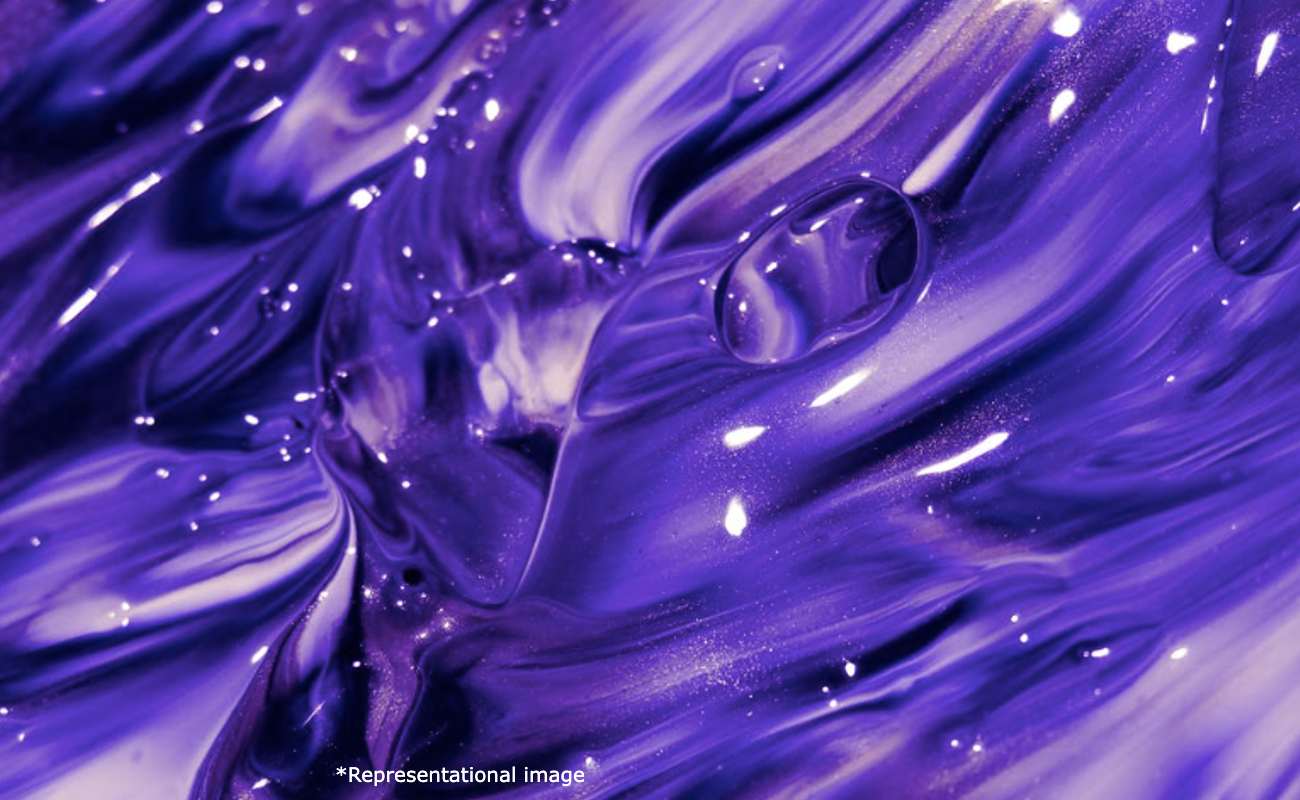Coating formulation defects: How to identify and resolve the issues
Coating formulation defects are a common issue that many manufacturers face in the paint and coatings industry. These defects can have a significant impact on the quality and durability of the coating, as well as the final appearance of the product. Identifying and resolving these issues can be a challenge, but it is essential to ensure that the coating performs as intended.
Common Formulation Defects
There are several common formulation defects that can occur when manufacturing coatings. These defects can be classified into two main categories: appearance defects and performance defects.
Appearance Defects
Appearance defects are typically related to the visual appearance of the coating. These defects can include:
Blistering: This is when bubbles form on the surface of the coating, which can be caused by moisture or solvent entrapment.
Cracking: This is when the coating develops cracks, which can be caused by inadequate flexibility, substrate movement, or over-application.
Chalking: This is when a powdery residue forms on the surface of the coating, which can be caused by UV exposure or inadequate binder content.
Orange Peel: This is when the surface of the coating appears bumpy or textured, which can be caused by improper spray technique or inadequate wetting.
Performance Defects
Performance defects are related to the functional properties of the coating, such as adhesion, corrosion resistance, and durability. These defects can include:
Delamination: This is when the coating separates from the substrate, which can be caused by inadequate surface preparation, poor adhesion, or substrate movement.
Corrosion: This is when the substrate beneath the coating corrodes, which can be caused by inadequate corrosion protection or a breakdown in the coating.
Peeling: This is when the coating separates from itself, which can be caused by over-application, inadequate curing, or substrate movement.
Identifying Formulation Defects
Identifying formulation defects can be a challenge, as many defects can have similar symptoms. However, there are several methods that can be used to identify the root cause of the defect, including:
Visual inspection: A visual inspection of the coating can often reveal the presence of defects, such as blistering or cracking.
Adhesion testing: Adhesion testing can be used to determine the strength of the bond between the coating and the substrate.
Corrosion testing: Corrosion testing can be used to determine the effectiveness of the corrosion protection provided by the coating.
Chemical analysis: Chemical analysis can be used to identify the composition of the coating, which can help identify the root cause of performance defects.
Resolving Formulation Defects
Resolving formulation defects can be a complex process that may require changes to the formulation or application process. However, there are several steps that can be taken to address these issues, including:
Identify the root cause: As discussed, identifying the root cause of the defect is critical to developing an effective solution.
Adjust the formulation: Depending on the cause of the defect, adjusting the formulation of the coating may be necessary. This could involve changing the resin, pigment, or solvent used in the coating.
Adjust the application process: In some cases, the application process may need to be adjusted to address the defect. For example, if the defect is due to improper spray technique, adjusting the application equipment or technique may be necessary.
Test the solution: Once a solution has been developed, it is essential to test the coating to ensure that the defect has been resolved. This may involve adhesion testing, corrosion testing, or other forms of testing.
So to conclude we can say that, coating formulation defects can have a significant impact on the quality and performance of the coating. Identifying and resolving these issues requires a thorough understanding of the root cause

